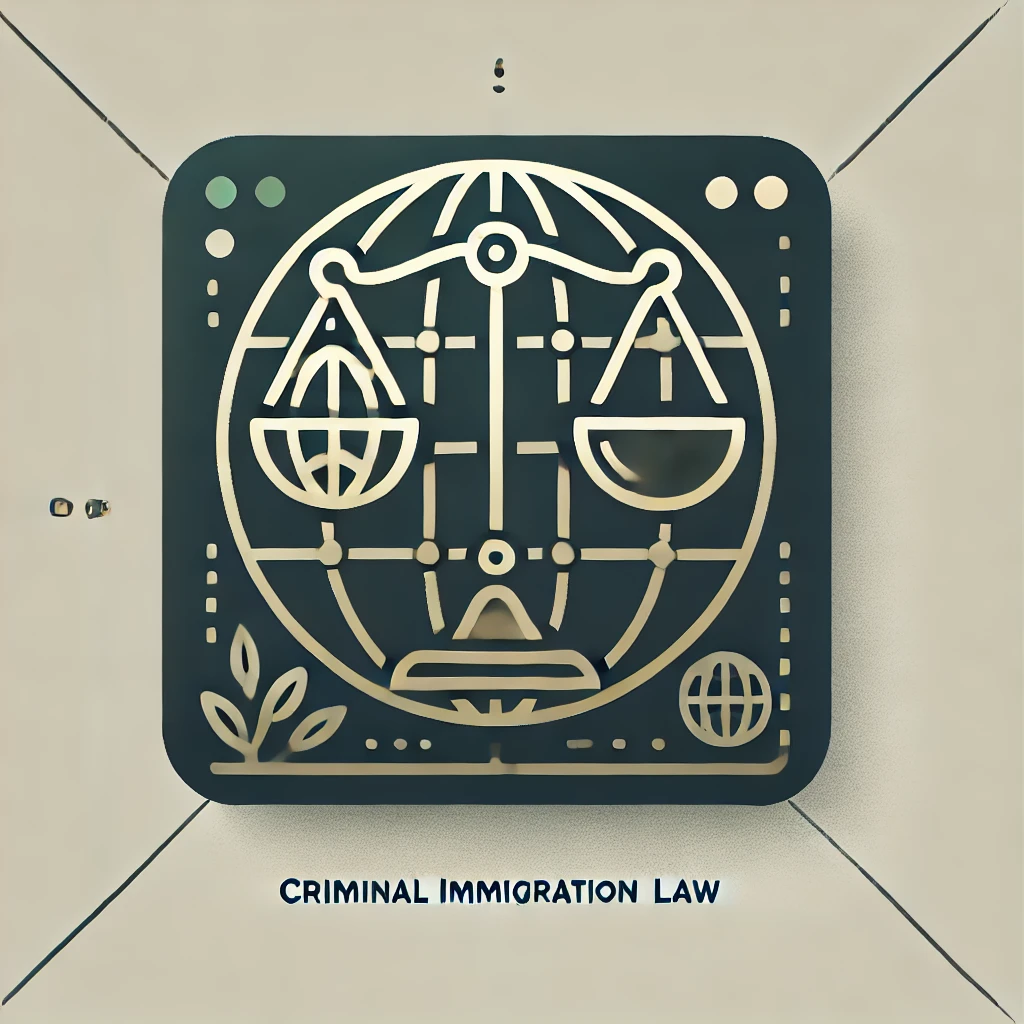Introduction
In the complex world of employment law, Injunctive Relief in Employment Law Cases stands out as a crucial remedy for employees facing unfair treatment. This legal tool can provide immediate relief and prevent further harm while a case is being resolved. Understanding how injunctive relief works can empower employees and help them navigate their rights effectively.
Types of Injunctive Relief,
When is Injunctive Relief Appropriate?,
How to Seek Injunctive Relief,
Challenges in Obtaining Injunctive Relief,
Key Takeaways,
Conclusion
What is Injunctive Relief?
So, what exactly is injunctive relief? In simple terms, it’s a court-ordered act or prohibition against certain actions. Think of it as a legal way to hit the pause button on something that could cause harm. In employment law, this often means stopping an employer from doing something that violates an employee’s rights, like firing them for discriminatory reasons or breaching a contract.
Types of Injunctive Relief
There are generally two main types of injunctive relief that can be sought in employment law cases:
- Preliminary Injunction: This is temporary and is granted before a full hearing can take place. It’s like a quick fix to prevent immediate harm.
- Permanent Injunction: This is issued after a full trial and is meant to provide a lasting solution to the issue at hand.
Both types serve the purpose of protecting employees from ongoing harm while their legal issues are being resolved. Isn’t it comforting to know that the law has mechanisms in place to help you in tough situations?

USCIS taking too long? Discover how a Mandamus lawsuit can get your case moving.
Learn How a Writ of Mandamus Can HelpWhen is Injunctive Relief Appropriate?
Now, you might be wondering, when can you actually seek injunctive relief? Well, it’s typically appropriate in situations where:
- There’s a real threat of irreparable harm, meaning that the damage cannot be undone.
- The employee is likely to succeed on the merits of their case.
- The balance of harms favors the employee, meaning the harm to them outweighs any potential harm to the employer.
- Granting the injunction serves the public interest.
These criteria help ensure that injunctive relief is used wisely and only in situations where it’s truly needed. It’s like a safety net for employees, ensuring they don’t fall through the cracks while waiting for justice.
How to Seek Injunctive Relief
If you find yourself in a situation where you need injunctive relief, here’s a simple roadmap to guide you:
- Consult a Lawyer: This is the first and most crucial step. A legal expert can help you understand your rights and the likelihood of success.
- Gather Evidence: Collect all relevant documents, emails, and any other evidence that supports your case. This is your ammunition!
- File a Motion: Your lawyer will help you file a motion for injunctive relief with the appropriate court.
- Attend the Hearing: Be prepared to present your case. This is where you’ll argue why the injunction should be granted.
It might sound daunting, but remember, you’re not alone in this process. With the right support, you can navigate these waters more easily.
Get complimentary general advice via email or WhatsApp!
For more in-depth legal counsel, phone or office consultations are available for a flat fee for up to 40 minutes.
Contact Us on WhatsApp Visit Our Contact PageChallenges in Obtaining Injunctive Relief
While seeking injunctive relief can be a powerful tool, it’s not without its challenges. Here are a few hurdles you might face:
- Proving Irreparable Harm: You must convincingly demonstrate that the harm you face cannot be fixed later.
- Legal Costs: The process can be expensive, and not everyone has the resources to pursue it.
- Time-Consuming: Legal proceedings can take time, and waiting for a resolution can be stressful.
Despite these challenges, many find that the potential benefits of injunctive relief outweigh the difficulties. It’s all about weighing your options and deciding what’s best for your situation.
Key Takeaways
- Injunctive relief is a court order to prevent harm.
- There are two main types: preliminary and permanent.
- It’s appropriate when there’s a threat of irreparable harm.
- Consulting a lawyer is crucial for navigating the process.
- Challenges include proving harm and legal costs.
Conclusion
Injunctive relief can be a powerful ally in the fight for your rights in the workplace. If you find yourself facing unfair treatment, don’t hesitate to seek legal help early. The sooner you act, the better your chances of protecting yourself from further harm. Remember, you deserve to work in an environment that respects your rights and dignity.
Related Articles
- Understanding Employment Contracts,
- What to Do If You’re Wrongfully Terminated,
- Employee Rights During Layoffs,
- How to Handle Workplace Discrimination,
- The Importance of Whistleblower Protections,
- Negotiating Your Severance Package,
- Understanding Non-Compete Agreements,
- How to Document Workplace Harassment,
- Filing a Complaint with the EEOC,
- Understanding Your Rights as a Gig Worker,
